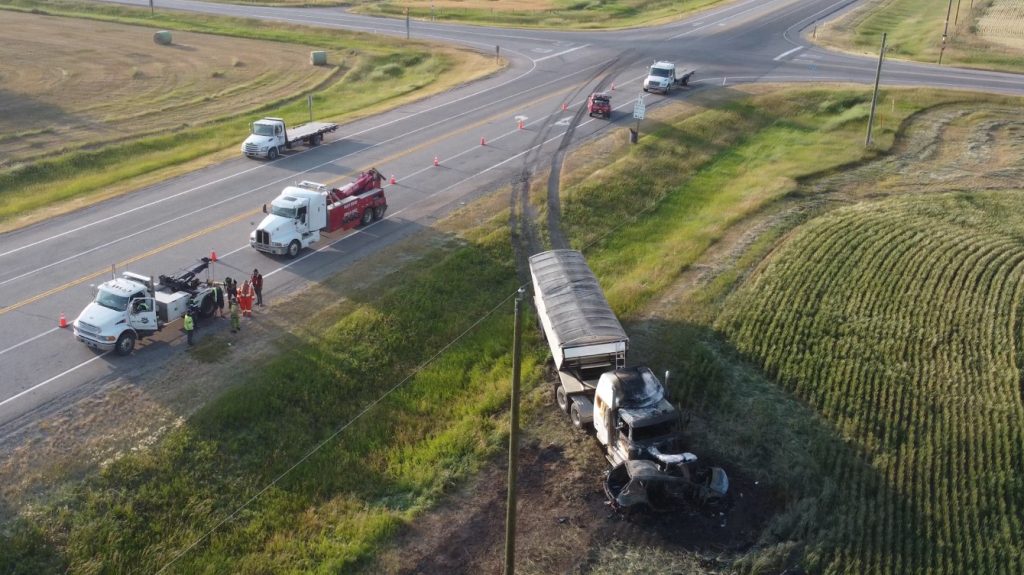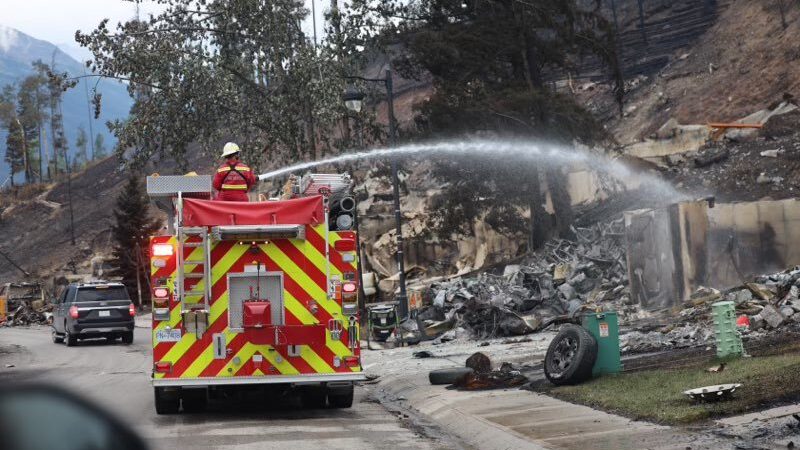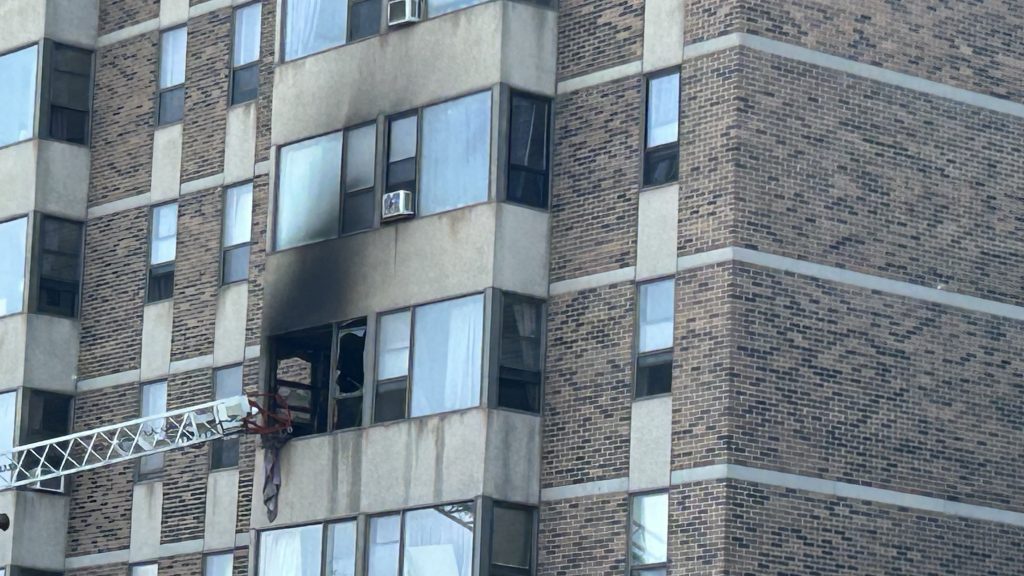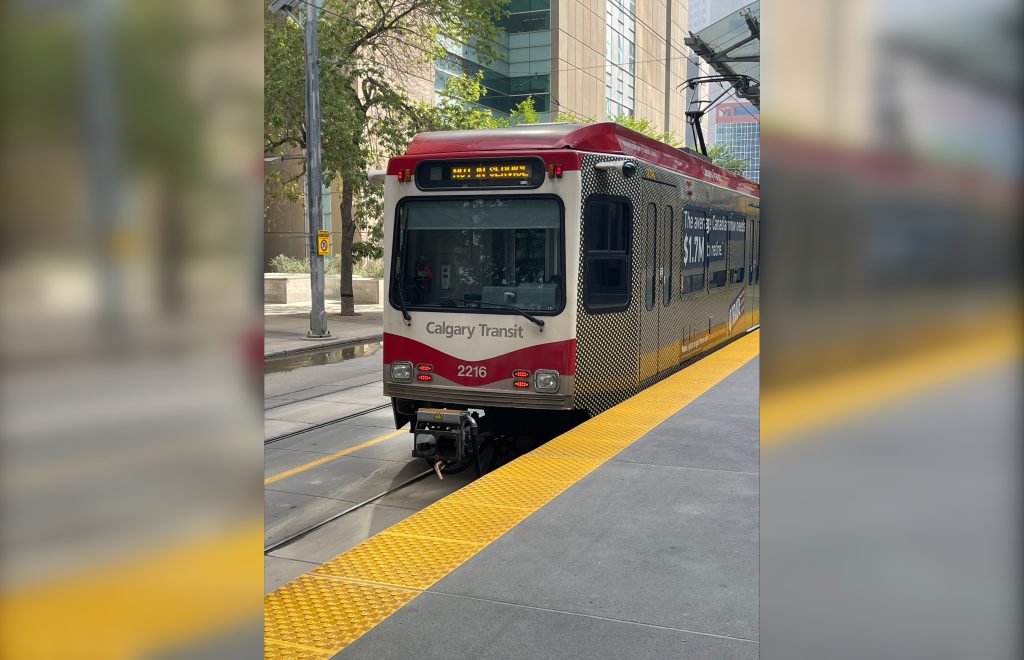Albertans vote ‘yes’ to removing equalization, split on Daylight Saving
Posted Oct 26, 2021 7:59 am.
Last Updated Oct 26, 2021 3:00 pm.
The official results of the two referendums Albertans voted in last week are in and one vote was closer than the other.
The province posed two questions to the public on equalization payments and Daylight Saving Time.
RELATED: Calgary votes to keep changing clock twice a year, approve removal of equalization payments
The question on provincial transfer payments — “Should section 36(2) of the Constitution Act, 1982 — Parliament and the government of Canada’s commitment to the principle of making equalization payments — be removed from the constitution?” — was met with a resounding “yes” vote.
Nearly 62 per cent of voters, amounting to 642,501 Albertans, voted yes to removing the payments from the constitution.
A little over 38 per cent, 399,169 people, voted against removing the payments.
Of that, around 55 per cent of Calgarians voted in favour of ending equalization, but in Edmonton 52 per cent of voters rejected the idea.
Although the referendum is touted as a strong mandate for the United Conservatives’ mission to take that fight to Ottawa, it does not bind the federal government to do anything.
RELATED: Trudeau dismisses Kenney’s equalization vote
“Over a million Albertans voted, that’s not a small portion,” said Premier Jason Kenney. “This is a powerful statement of the completely justified demand of Albertans to be treated fairly in this federation.”
Kenney said he is introducing a motion that will ratify the results and hopefully spark conversations with the federal government about amending the constitution.
The turnout is also being pointed at because when you break it all down it amounts to only less than a third of eligible Albertans voting to end equalization. When the NDP won the 2015 provincial election with similar numbers, Kenney called it an “accidental government” but now feels it reflects differently for a referendum.
“I suspect that the referendum on the ballot brought more people out than would normally come to vote on municipal election day, I think that’s a positive thing for democracy.”
Kenney even goes so far to suggest that if turnout were higher, the margin of victory would have been wider. However, there were also more than 50,000 rejected ballots in the referendum — the vast majority were left blank.
The premier is hopeful the federal government will take this information seriously and start negotiations, but experts are skeptical that this will amount to any real changes.
“You don’t force leverage on someone else, you have leverage because people view you to have leverage. Mr. Kenney certainly cannot be viewed as having leverage by the rest of Canada,” said constitutional lawyer David Khan.
Khan echoed other concerns raised by people who said the question was poorly phrased, and fooled people into thinking that it would immediately cause equalization to be removed from the constitution.
Kenney agreed it will take a lot of talking to approach that point and right now he has support from Saskatchewan Premier Scott Moe. He also could not promise any timeframes on when to expect developments on this file.
This all leaves some people unconvinced about the effectiveness of this strategy.
“It was so unclear to begin with and the constitutional basis of it was so preposterously wrong that I just think it’s a sham. A joke, really.”
When it comes to changing the clocks, Albertans are almost split right down the middle.
Edmonton votes against the DST change by a margin 54.7% No, 45.3% yes.
Calgary voted 51.6% no, 48.4% yes. #Yeg #yyc #ableg #Covid19ab
— Courtney Theriault (@cspotweet) October 26, 2021
Just over half, 50.2 per cent, or 536,874 people, voted “no” to “Do you want Alberta to adopt year-round Daylight Saving Time, which is summer hours, eliminating the need to change our clocks twice a year?”
Just under half, 49.8 per cent, or 531,782 people, voted “yes.”
Service Alberta Minister Nate Glubish said this means they will not pursue the issue any further, however they will look at other jurisdictions that may decide to end the time change and figure out the best way to move forward in the future.
As for Senate recommendations, Albertans’ top picks are all from the Conservative Party of Canada: Pam Davidson, Erika Barootes, and Mykhailo Martyniouk.
Kenney is hopeful they will be appointed to the Upper Chamber “immediately” as a result of this vote, but as it stands now there is only one vacancy. On Oct. 31, Senator Doug Black will step down from the role and Alberta will also soon receive an additional Senate seat.
But there’s no guarantee this will happen anyway, as a different process is already in place to appoint senators which is how former Banff Mayor Karen Sorensen was selected in the summer. Prime Minister Justin Trudeau has never committed to appointing anyone elected in a fashion such as this.








